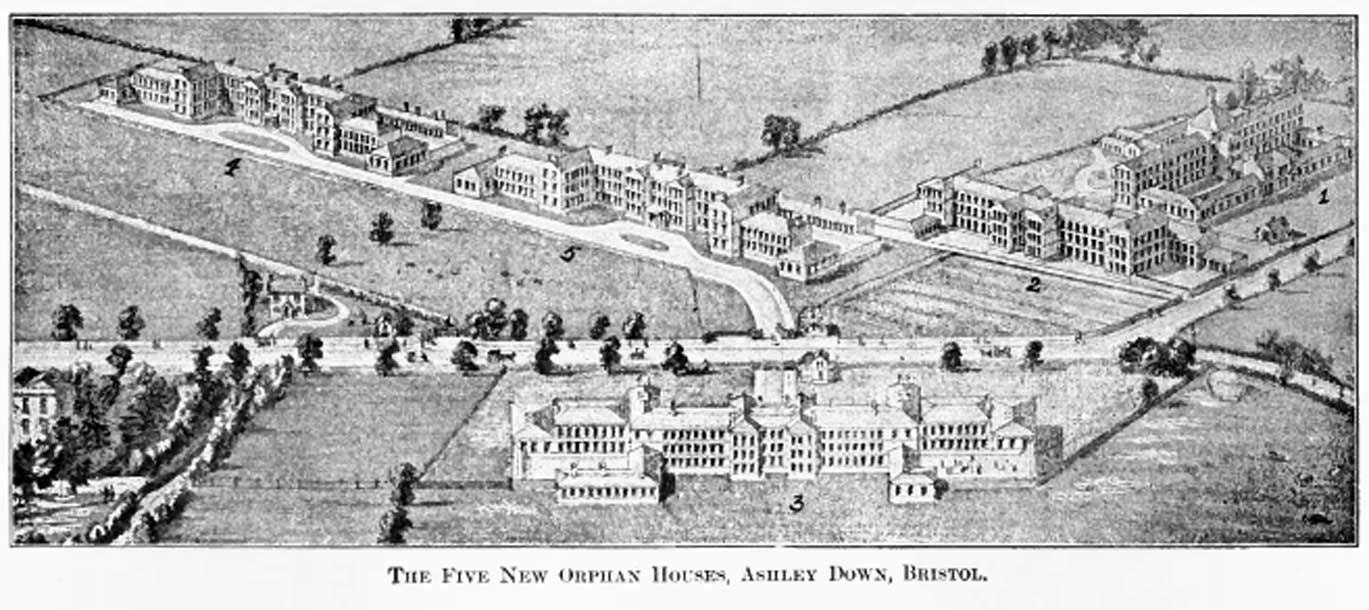Part 2 concluded with the discovery that Fred’s four sisters are in an orphanage by 1881. I am still seeking enough information to locate his birth certificate.
Fred and his Siblings
The two brothers were living apart in 1881. Brother George W. L. J. Stevens was working as a draper’s apprentice, living in a household with other draper’s apprentices and assistants. Frederick was in London with a family that later proved to be his aunt and uncle. He was living only a few miles away from the shop where he later worked as a draper’s assistant before enlisting in the army. (His enlistment papers had listed his employer’s name and address.) It appears that the brothers had both entered into apprenticeships to become drapers – dealers in fabrics and sewing needs.
I felt I had enough evidence to conclude I was following the right Frederick: age, birthplace, occupation, location, service records, and the naming of his sister as next of kin. No other likely candidates were uncovered in my search.
Even though I finally had his parents’ names, which were George and Mary, I was still faced with trying to find Frederick’s birth certificate – the vital document Veronica needed to immigrate. A birth in Pimlico, London could have been registered in any one of at least four districts. Searching for a common name like Frederick Stevens and all its variations was hard enough already. And I had a range of possible birth years. Looking for Fred’s parents’ deaths would be even more difficult. I didn’t even know when or where they died.
I shifted my focus to see if I could find any records from the orphanage where the sisters were listed as living in 1881. The census enumeration book gave the institution’s name as The New Orphan Houses situated in Ashley Down, Bristol. Research showed that the New Orphan Houses were commonly known as the Müller Homes. They were built and run by Prussian evangelist George Müller between 1849 and 1870. I contacted the George Müller Charitable Trust, and they replied that I could get copies of the admission and dismissal records as well as contents of the family file. This was great news!
A Sad Tale
The records were a treasure trove of information but didn’t make for happy reading. They revealed that Frederick’s mother Mary had died of consumption (tuberculosis) at the age of 37 in 1877, 4 years after the birth of her last child. Soon after, her widowed husband moved with the children to Limerick, Ireland. He took a job in Tait’s clothing factory as a helmet maker. Tragically, less than 2 years after the death of his wife, George Stevens also died of consumption, leaving their 6 children orphaned. He was barely 40 years old when he died.
A minister who was a friend of George’s family knew Mr. Müller personally, and petitioned to have the children accepted. Correspondence between George’s relatives and Müller stressed the children’s dire situation, and the hopes that the orphanage would take at least some of them. One concerned relative wrote:
“The poor children have lost both parents and are entirely dependent.” An uncle added, “His [George’s] life was insured for £18*, but the society refuse [sic] to pay on the ground [sic] that from the Doctor’s certificate he must have been in bad shape at the time he insured 12 months ago.”
*about $1,400 in today’s money
It seems that no one in the family could take the children. Müller accepted them, which must have been a great relief to George’s relatives.
In next week’s final part, the children leave Ireland for England. And I am still searching for Frederick’s birth certificate.
~to be continued

